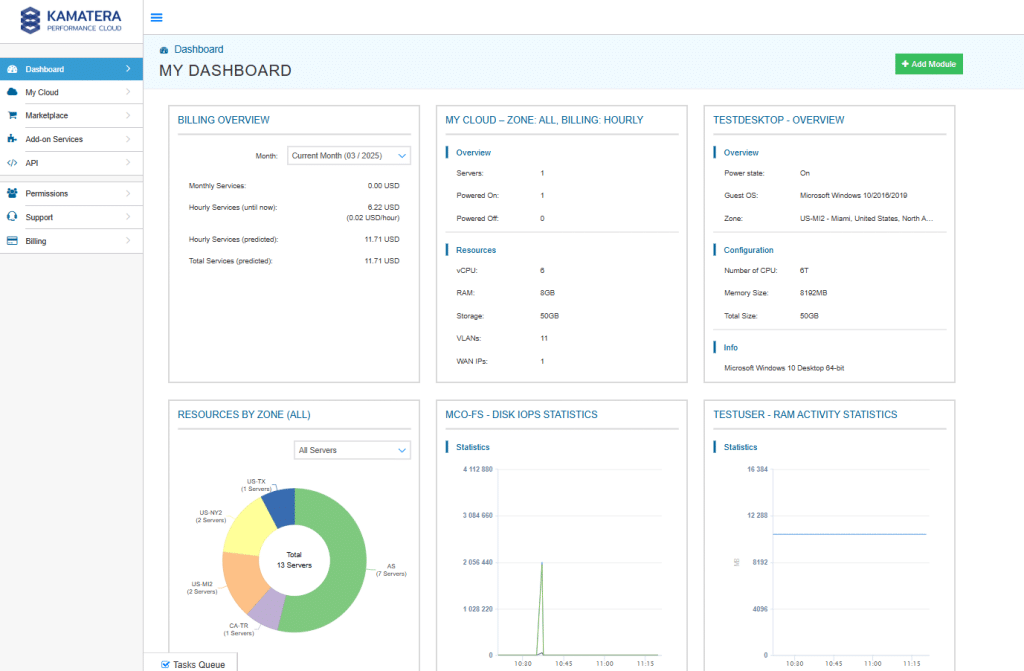PostgreSQL, also known as Postgres, is a free and open-source relational database management system emphasizing extensibility and SQL compliance.


Price Calculator
Data Centers Around the Globe

Frequently Asked Questions
Hardware requirements
The following installation requirements assume you selected the default options during the installation process. The minimum hardware required to install and run PostgreSQL is:
1 GHz processor
2 GB of RAM
512 MB of HDD
Additional disk space is required for data or supporting components. Refer to the PostgreSQL documentation for specific requirements.
Software prerequisites
User privileges
On a Mac system, you need superuser privileges to perform a PostgreSQL installation. To perform an installation on a Windows system, you need administrator privileges.
If you’re installing PostgreSQL on a Windows system that’s configured with User Account Control (UAC) enabled, you must assume administrative privileges to invoke the graphical installer.
Windows-specific software requirements
Apply any Windows operating system updates before invoking the PostgreSQL installer. If the installer encounters errors, exit the installer. Make sure that your Windows version is up to date, and then restart the installer.
Mac OS X-specific software requirements
PostgreSQL installation on Mac OS X differs slightly from other platforms. The distribution is in a different format, and additional configuration might be required.
The Mac OS X installer is an app bundle, which is a set of files and directories in a prescribed format. The installer is available as a disk image (.dmg) file from the website or as an archive (.zip) from Stack Builder.
To extract the installer, you can either:
Mount the disk image and copy the installer to the desired location.
Run it directly from the disk image.
PostgreSQL is a powerful and feature-rich open-source relational database management system (RDBMS) that is widely used in various industries for a diverse range of applications.
Some common use cases for PostgreSQL include web applications, geospatial applications, data warehousing, mobile app backends, content management systems (CMS), financial applications, healthcare information systems, and e-commerce platforms.
Here are some well-known alternatives to PostgreSQL:
MySQL, MariaDB, SQLite, Microsoft SQL Server, Oracle Database, MongoDB, CouchDB, Redis, Amazon Aurora, and SQLite.
PostgreSQL shares many common features with other RDBMS options, but it also has some distinctive characteristics that set it apart. Here are some key differences and unique features of PostgreSQL:
Open source and license
PostgreSQL is open-source and released under the PostgreSQL License, which is a permissive open-source license. This allows users to view, modify, and distribute the source code freely.
Extensibility
PostgreSQL is known for its extensibility. It supports custom data types, operators, and functions, allowing developers to define their own data types and extend the functionality of the database.
Advanced data types
PostgreSQL offers a rich set of data types, including support for arrays, hstore (a key-value store), JSON, JSONB (binary JSON), and more. This flexibility makes it suitable for handling diverse types of data.
Concurrency control
PostgreSQL employs a Multi-Version Concurrency Control (MVCC) system, which allows for high levels of concurrency. MVCC enables multiple transactions to occur simultaneously without interfering with each other, providing a high level of isolation and reducing contention.
Support for complex queries
PostgreSQL is known for its support of complex queries, including advanced JOIN operations, subqueries, and window functions. Its powerful query optimizer contributes to efficient execution of complex queries.
PostgreSQL uses a structured query language (SQL) for interacting with the database. SQL is a standard language for managing and manipulating relational databases. It provides a set of commands for tasks such as querying data, updating records, inserting new data, and defining the structure of a database.











